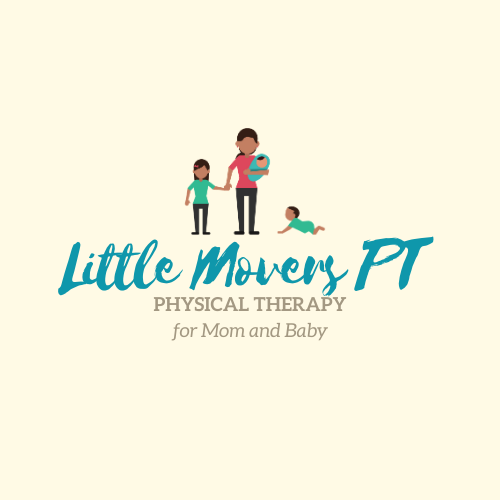Here's an explanation of the key components of the intensive model of physical therapy and why neuroplasticity and blocked practice are important within this framework:
High Dose and Frequency: In the intensive model, patients receive physical therapy sessions more frequently and for longer durations compared to traditional therapy approaches. Sessions may occur multiple times a day, several days a week, or even on a daily basis. This high dose of therapy is intended to provide the brain with consistent and repeated opportunities to relearn and rewire neural pathways damaged by injury or disease.
Task-Specific Training: Therapy sessions are highly focused on specific tasks or activities that are relevant to the patient's goals and functional needs. This task-specific training helps patients regain and improve their ability to perform everyday activities, such as walking, dressing, or using their limbs.
Neuroplasticity: Neuroplasticity refers to the brain's ability to adapt and reorganize itself by forming new neural connections or strengthening existing ones. In the context of physical therapy, neuroplasticity is crucial because it allows the brain to compensate for lost function by rerouting signals and functions to undamaged areas of the brain. The intensive model takes advantage of neuroplasticity by repeatedly engaging the affected areas of the brain during therapy, promoting the reestablishment of neural connections and improving function.
Blocked Practice: Blocked practice involves repeatedly practicing a single task or skill before moving on to the next. In physical therapy, this means focusing on one specific exercise or activity for an extended period during each session. Blocked practice is important because it helps consolidate learning and facilitates the formation of new neural pathways. By practicing the same task repetitively, patients reinforce the brain's ability to control and execute the necessary movements, leading to improved motor skills and functional outcomes.
Feedback and Progress Tracking: In the intensive model, therapists provide continuous feedback to patients, helping them refine their movements and techniques. This feedback loop is essential for optimizing motor learning and ensuring that the patient is performing tasks correctly. Additionally, progress is regularly assessed and tracked to adjust the therapy plan and set new goals based on the patient's evolving abilities.
Individualized Treatment Plans: Each patient's rehabilitation program is tailored to their specific needs, goals, and abilities. Therapists work closely with patients to develop personalized treatment plans that take into account their unique challenges and strengths.
Overall, the intensive model of physical therapy capitalizes on neuroplasticity and utilizes principles such as blocked practice to maximize the effectiveness of rehabilitation/habilitation for individuals with neurological and musculoskeletal conditions. By providing a high dose of targeted therapy and promoting neural adaptation, this approach aims to help patients regain as much function and independence as possible. At Little Movers PT, intensives combine manual therapy like CST and myofascial release in combination with DMI motor therapy as well as oral motor therapy. This gives the full tongue to toes experience.
TO BOOK AN INTENSIVE, REACH OUT TO BETH DIRECTLY AT HELL@LITTLEMOVERSPT.COM


